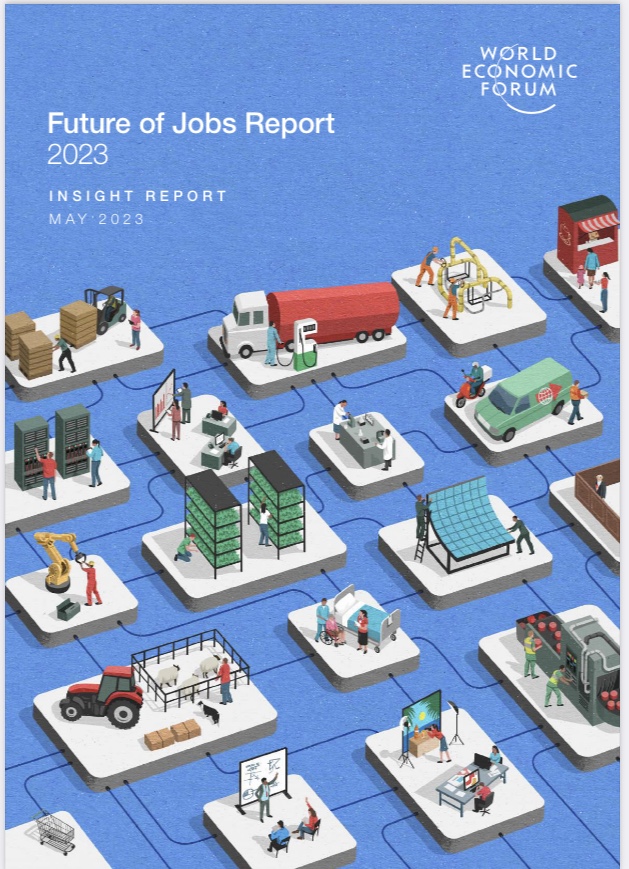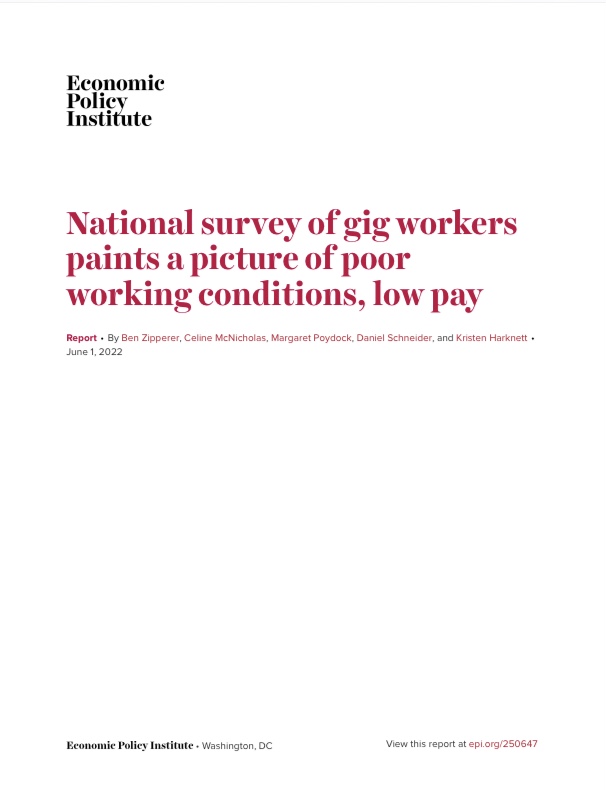The Labor Market Effects of Facilitating Social Security Contributions Under Part-Time Employment Contracts: Evidence from Colombia
By Brenda Samaniego de la Parra, Andrea Otero-Cortés & Leonardo Morales We examine the impact of reducing rigidities caused by regulation on labor demand in a context with high informality. Using employer–employee matched administrative records and household survey data, we estimate the effects of a reform that eliminated a wedge in firms' regulatory costs of employing workers on different work schedules in Colombia, reducing the relative costs of formal parttime employment. We find that the reform increased the probability of entering...










